11 Postpartum Recovery Must-Haves for a Vaginal Delivery

Postpartum recovery is not for the faint of heart. After giving birth to your beautiful baby, adjusting to life with a newborn while healing from giving birth can be very overwhelming, even for those who feel prepared beforehand. There is perineal pain and discomfort. The uterus is cramping as it returns to its original size. Bowels are traumatized from delivery.
Postpartum recovery can be a lot to deal with all at once. For those who are newly pregnant or are just starting their family planning, you might not always run across information that reveals the “unknown” of postpartum. The good news is that we are here for you with the reality of the recovery process.
There are several ways to cope with recovery from birth. In this post we will focus on post-partum care after a vaginal delivery. The biggest thing we want to stress to you is that it’s important to have the right “tools in your toolbox” to make the postpartum transition as easy as possible.
Below, we’ve listed 11 of our vaginal delivery postpartum recovery must-haves.
1. Postpartum underwear
a. After giving birth, you’ll want to have stretchable, breathable underwear that keep pads and other recovery layers in place. The hospital will provide you with mesh panties. While they are not the most fashionable, they are wonderful at “getting the job done.” If you can ask for extras to go home with you, or if they are offered, take them!
b. Once you’re at home and have exhausted your supply of hospital goods, we recommend using these disposable postpartum underwear for maximum comfort and coverage. Everyone’s recovery differs but you can anticipate needing postpartum underwear from three to six weeks after delivery.
2. Pads to make Padsicles
a. The soreness that follows labor and delivery can be relieved in a variety of ways, but have you ever heard of freezing pads to assist in recovery? Frozen pads, also known as padsicles, can be very helpful when the pain relievers wear off and you need a little extra relief.
b. Here’s a video you can watch that shows you how to make padsicles. You’ll need aluminum foil, overnight pads, which hazel without alcohol, lavender oil and unscented aloe vera gel to DIY. One of our resident moms recommends 10-15 drops of lavender oil and 10-15 drops of tea tree oil for the most effective padsicle.
c. We have to be honest here – there's a lot going on downstairs during the first week of recovery and you may prefer to use depends and an ice pack for relief.
3. Post-Pregnancy Vitamins
a. Just as it was important to take your prenatal vitamins, it’s equally as important to take vitamins post-pregnancy as it is during pregnancy. Postnatal vitamins are formulated to support the new nutrient demands on women postpartum and throughout lactation.
b. Lactating mothers have a higher need for Omega-3 DHA to support the fatty acid in their breastmilk. We recommend taking these vitamins that support wellness, immunity, milk production and energy levels.
4. Postpartum Girdle
a. It took 10 months to make your sweet baby (yes, we all learned that 40 seeks really means 10 months during our pregnancy journeys), so it will take some time for your body to return to “normal”.
b. To assist with your body’s muscular and skeletal recovery, you might consider investing in a postpartum girdle for extra support. Belly bands, binding wraps and shapeware are all other names for this item that can help reduce backaches, maintain good posture and assist in your abdomen returning to its original state.
5. Compression Socks
a. You may have experienced swelling during pregnancy. Surprise – swelling can continue after pregnancy, too. Edema, or postpartum swelling, is caused by an excess amount of fluid remaining in the body after childbirth. Mild edema is very common in postpartum women as the body naturally retains water to help adapt to the baby’s growth.
b. Compression socks are a great way to gently squeeze the legs to promote blood flow towards your heart and encourage better circulation. Compression socks also help with varicose veins and help you avoid blood clots. We recommend a pair of these compression socks.
6. Heal Your Pelvic Floor
a. There is so much going on during labor and delivery, it’s critical that you know the details of your labor so that you can look after your pelvic floor during recovery. The pelvic floor is important to maintain bladder and bowel control, as well as aid in sexual sensation and function.
b. After birth, the pelvic floor muscles can become very weak from pregnancy. You may be surprised to learn that Kegel exercise can be done within 24 hours of delivery. One key strategy is to start gentle pelvic floor contractions the day after giving birth. We love these Kegel exercise vaginal weights that help to build stronger vaginal muscles and improve bladder control. A Kegel kit can help ensure that you’re doing the exercises correctly.
7. Sitz Bath Soak
a. Your body needs a little extra TLC after delivering a baby. Recovery in your perineal area can be painful, itchy and sore, leaving you searching for ways to soothe that area. You may want to use a sitz bath soak. A Sitz bath soak is made of natural magnesium salt flakes. We love this soak that supports cleansing, relaxing and wellness of the perineum. Sitz bath can be used anytime, and the warm water used increases blood flow to the perineal area, which promotes faster healing.
8. Donut Cushion
a. Sitting may be uncomfortable after you’ve given birth. In recovery, you could be dealing with hemorrhoids from pregnancy, hip or tailbone pain, perineal recovery or a combination of all. Finding a position that doesn’t radiate pain, burn or sting can be difficult, especially when you're learning how to feed your baby.
b. Here is a donut cushion that we love. Another tip is if you’ve received a boppy pillow for nursing, use it to sit on when you’re not nursing. It acts as a donut pillow and helps relieve pressure in your back and vaginal area.
9. Perineal Spray
a. Going to the bathroom can be painful in the first few weeks of postpartum living. Perineal spray is a traditional herbal solution that helps to soothe perineal discomfort. Sprays are usually formulated with natural ingredients and include oils like lavender, peppermint and cucumber to help provide soothing antibacterial relief naturally.
b. Simply mist as often as you’d like, especially after bath and toilet use. We love this perineal spray that comes in a pack of two.
10. Peri Bottle
a. One of the first things you’ll learn quickly after giving birth is how to clean your perineum, or the area between your vagina and anus. It’s important to maintain hygienic postpartum perineal care to help heal the area and provide comfort for pain.
b. A peri bottle can also be helpful when dealing with perineal pain while going to the bathroom. This upside down peri bottle includes a narrow-angled neck for a comfortable and continuous stream of relief.
11. Dermoplast Spray
a. By now, you’ve probably gathered that there will be pain and discomfort associated with the recovery from a vaginal delivery. Childbirth, like any injury, is a process to heal. Sometimes you just need something to immediately provide relief. That’s where dermoplast spray comes in handy. This spray contains the maximum over-the-counter strength of the pain reliever benzocaine.
Postpartum recovery is easier when you have the right items to help. Between vitamins, sprays and bath soaks, it can seem that the list for postpartum care must-haves is never ending. Fortunately, there are some companies that sell postpartum care packs in bundles to cut costs. Whichever way you choose to purchase postpartum care items, know that in the end preparing for postpartum recovery beforehand will certainly be worth it.
 Canada
Canada South Africa
South Africa UK
UK EU & Int
EU & Int Ireland
Ireland Australia
Australia Brazil
Brazil New Zealand
New Zealand



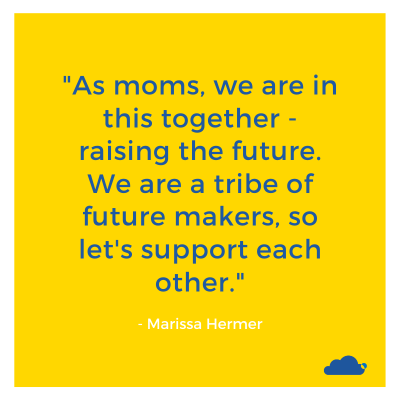
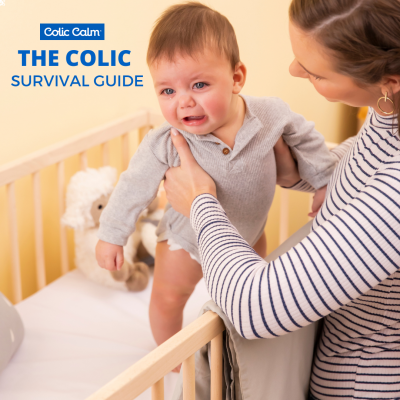


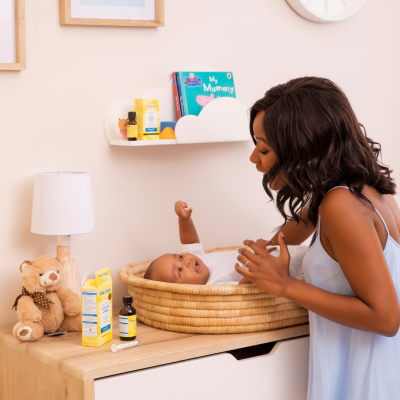


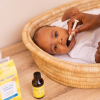
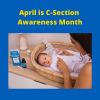
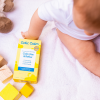



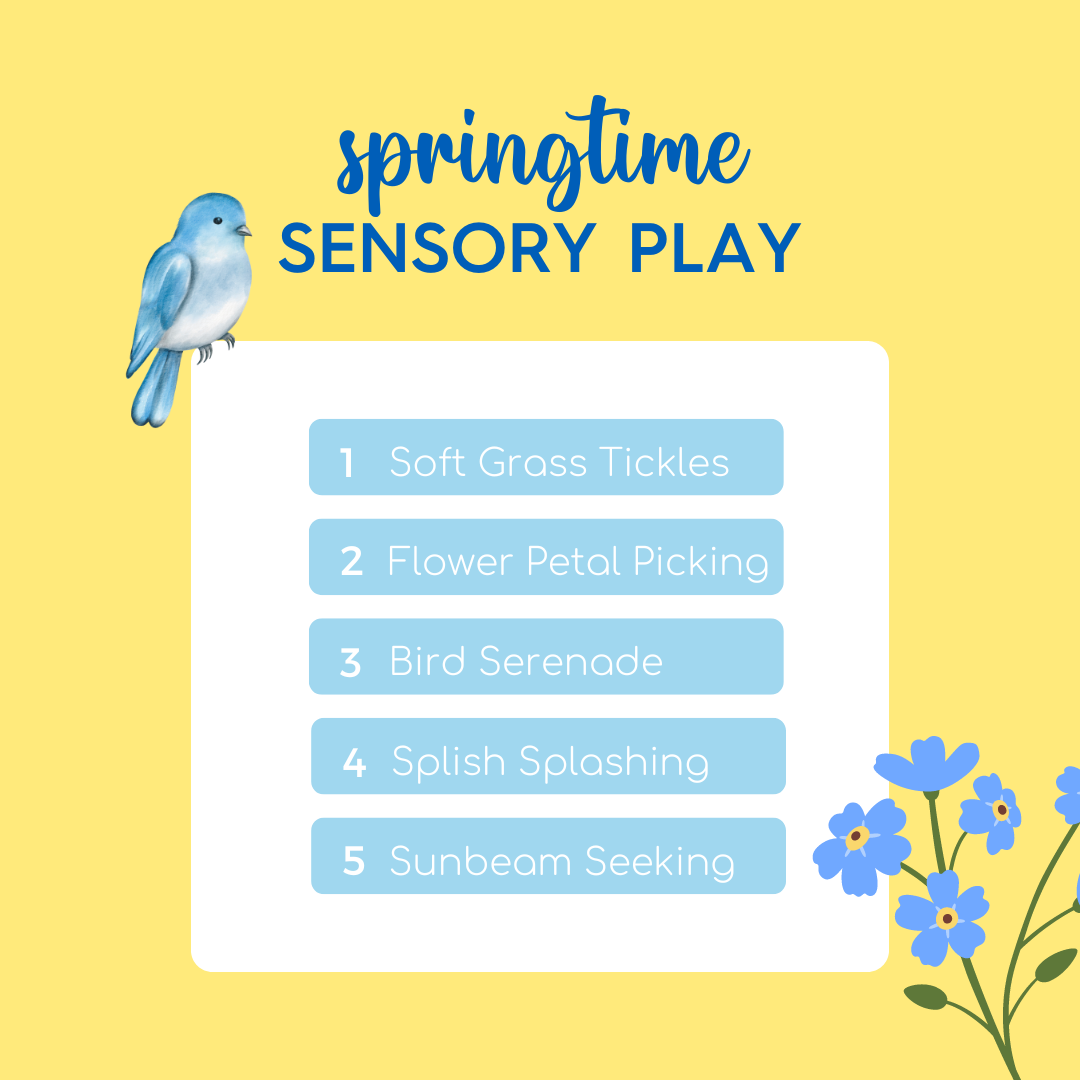
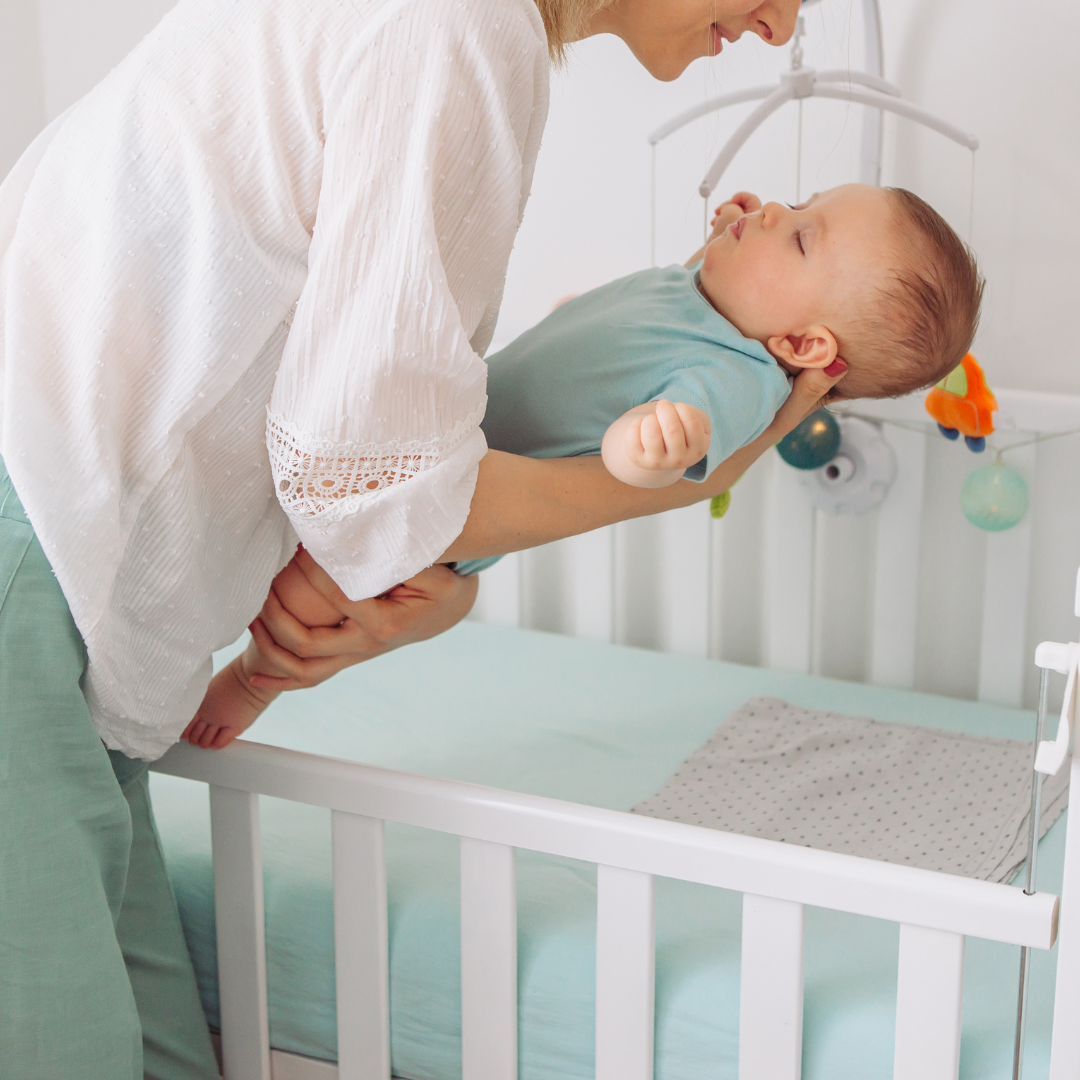
Comments